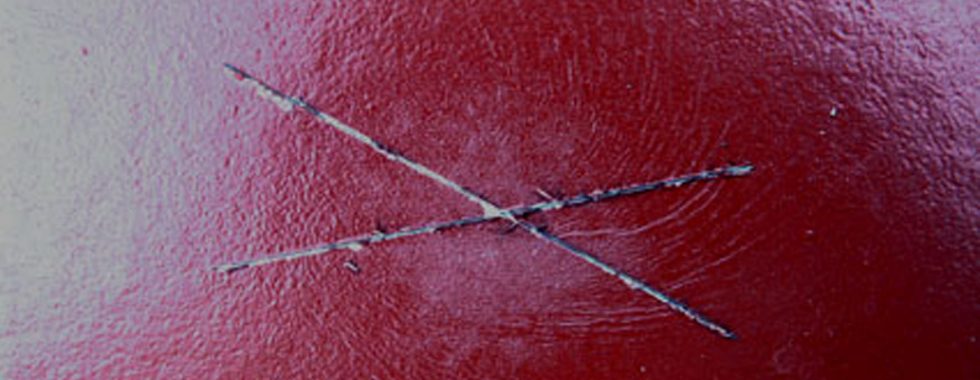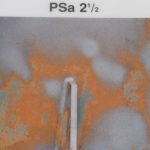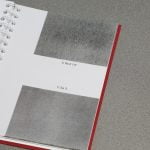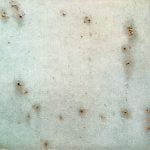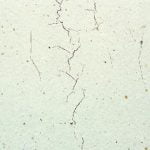A brief guide to adhesion testing
Good adhesion is critical to the integrity and long-term performance of a coating. Poor adhesion can result in failure, corrosion and contamination of surfaces or contents. So, it’s vitally important to undertake adhesion testing to assess the quality of the attachment between the dry paint film (coating) and its substrate.
How can this be achieved quickly and effectively? There are several ways, but it’s important to agree on the method, standard and quantity of any tests with the client or owner in advance of any work starting.
Testing adhesive integrity can be undertaken using two basic methods. The first is to use a knife to cut through the coating down the substrate in the shape of an X or several parallel cross cuts. It offers an indication of a potential adhesion issue, which may warrant further investigation. There are several ISO and ASTM standards to be observed using this method including ISO 16276-1, ISO 16276-2, ASTM D6677 (evaluating adhesion by knife) and ASTM D3359 (rating adhesion by tape test), ISO 4624-Paints and varnishes and ASTM D7234 (pull-off adhesion strength of coatings on concrete portable pull-off adhesion testers).
Another other approach is to cement an aluminium dolly onto the coating. This is then pulled away with an adhesion test apparatus used to evaluate the tensile strength of the coating. A numerical value in pounds per square inch (psi) or Mega Pascals provides adhesion strength readings. This quantitative approach to testing will identify a failure along the weakest plane(S) within the costing system and can identify glue failure or intercoat failure. It’s important to note that the use of the pull-off gauge and description of the mode(s) of failure can give inconsistent results.
It’s also important to note that a coating specialist should conduct this test – the process can produce variable results or a different interpretation of results, so an expert view is critical. In particular, the mode(s) of failure depending upon whether the surface has been abraded, the shape and size of dolly, coating thickness, age, and hardness, and the degree of cure of the coating among several factors.
For comprehensive advice about adhesion testing, consult Fitz’s Atlas of Coating Surveys at https://fitzsatlas.com/

